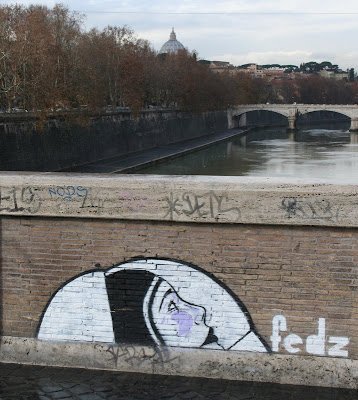July 12-22, 2009
This week, I pay several visits to the Palais de Justice in Kamina, a sleepy city of about 300,000 in the southern Democratic Republic of Congo. The Palais de Justice is the nerve center of the judicial branch in Haut-Lomami District of Katanga Province, in the southern Congo near the Zambia border.
Spanning 108,204 square kilometers, the Haut-Lomami District is larger than Pennsylvania or Portugal, and its population of 2.5 million people is larger than that of Namibia or Botswana. The Palais alone handles the judicial business of the entire District.
The fence surrounding the Palais is a mangled arrangement of upright railroad ties. On a day when court is in session, one can peer through gaps in the fence to see people huddled in the shade, loitering on the sparse grass, or sitting on the concrete steps near the entrance; the front yard is the court’s de facto waiting room. I count twenty-five people loitering outside one day, and twenty-seven the next. A goat grazes on the side lawn next to a brick building without doors or windows.
Constructed under Belgian rule in 1958, the Palais de Justice is about 40 meters across and painted white. The metal roof is rusty and in need of repair. A crack snakes down one side of the building, leaving the impression that a portion may soon detach from the rest and slump to the ground. A rusted machine for processing maize stands near the building’s entrance.
I step over the roots of the overgrown tree that dominates the front driveway -- which, like almost all the roads in Kamina, is made of dirt -- up four stairs, and through two double-doors with broken and missing panes of glass. I find myself in a dark hallway with a cement floor and a solitary dim light bulb a few paces ahead. To my left are wooden shelves lined with dust, cobwebs, and some discarded peanut shells; to my right, an old bicycle and a motorbike. I look up to the tall ceiling -- and discover that for the most part, there is no ceiling. The rusted roof is visible through the building’s skeleton. Dangling from part of the building’s frame near the light bulb is a long, curved strip of metal cloaked in spider webs.
At the end of the hall is a set of double doors. Both have five rectangular panes of glass -- or, rather, had them. Nine of the ten panes have been broken; shards of glass, softened by time, jut from many of the frames. Through these doors lies the one and only courtroom serving the 2.5 million inhabitants of Haut-Lomami.
The courtroom looks like it has been through an earthquake, or a riot, or both.
* * *
A missionary I met on my journey told me to beware of any absolute statements about the Congo. Even if they accurately describe one part of this enormous country -- roughly the size of western Europe -- they are surely wrong with respect to other parts. And even if they are accurate now, things change in a hurry here. Kamina, for example, is a peaceful town now, but bullet holes in buildings around town are a reminder that this has been a dangerous place at times over the past two decades.
I spent ten days studying the justice system in one Congolese town, sitting in court, touring a prison, and interviewing judges, lawyers, a prosecutor, and prison officials. What I will post over the next week accurately describes what I saw and heard. But when reading it, take that missionary’s advice. This is just a snapshot of one town in a huge, rapidly changing country. Nevertheless, it provides a glimpse of a legal system vastly different from the one in the United States, and it helped me appreciate aspects of the American legal system I had taken for granted. I hope you enjoy the story.




































